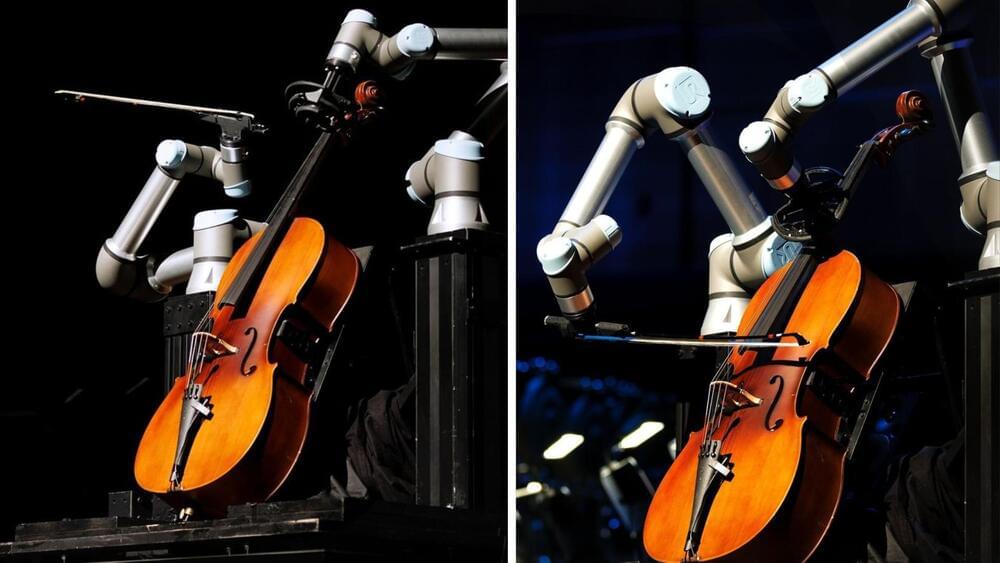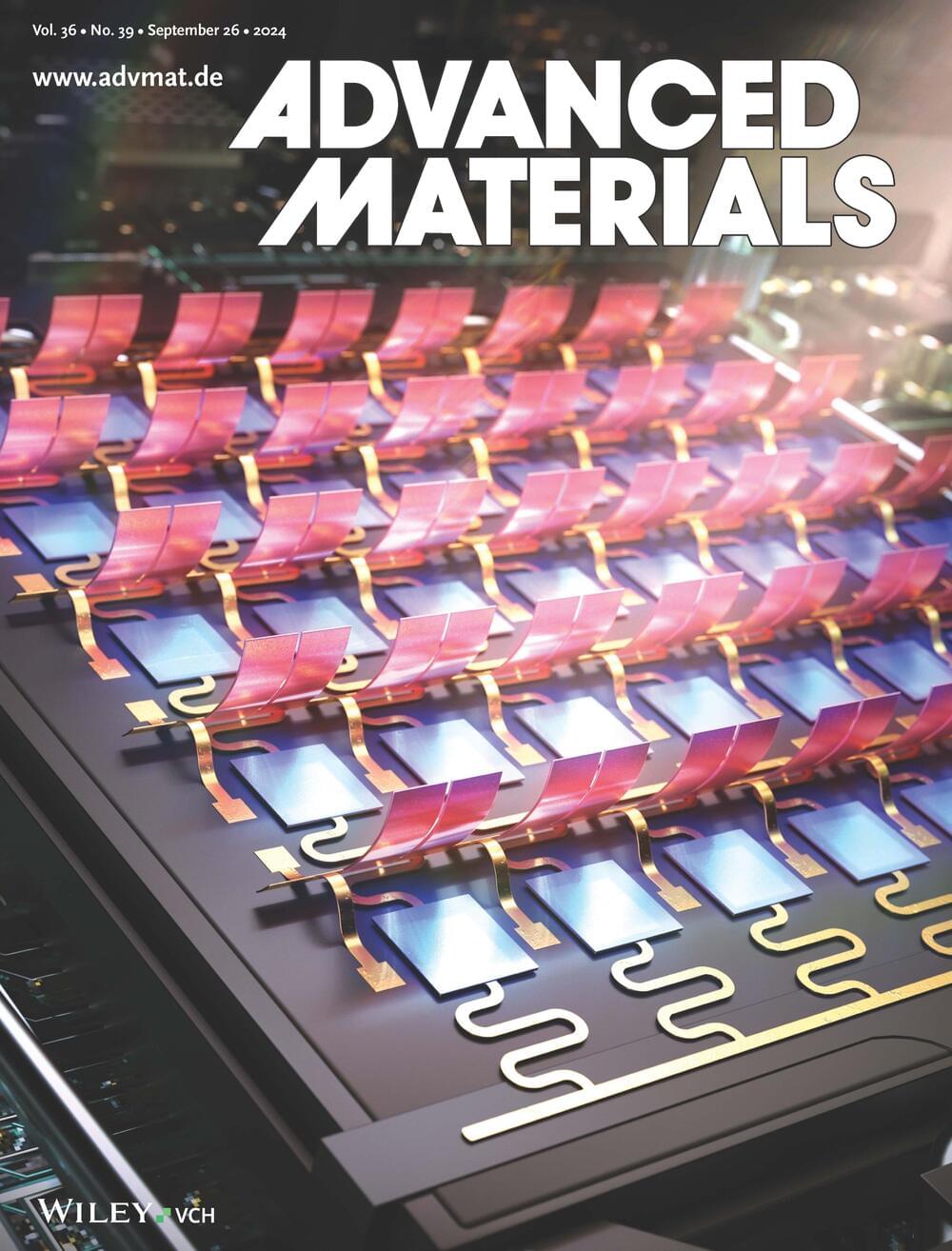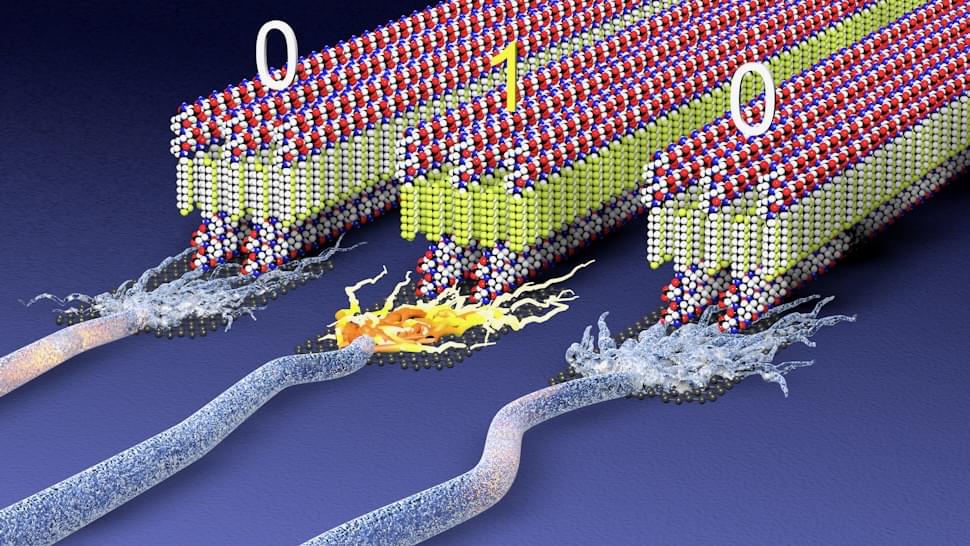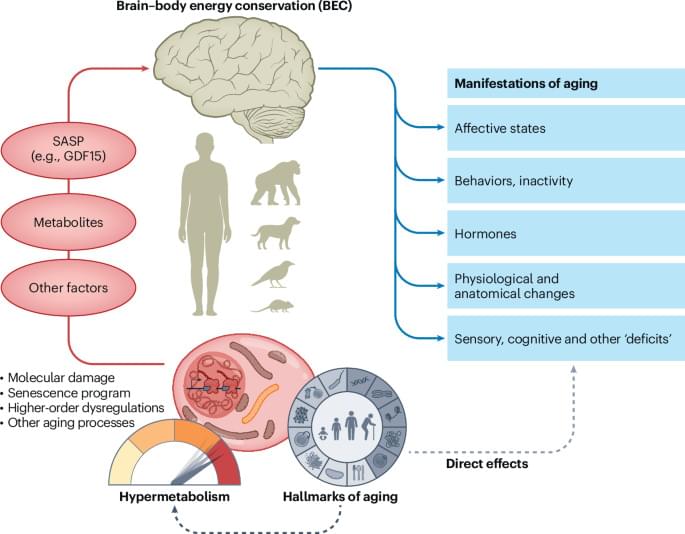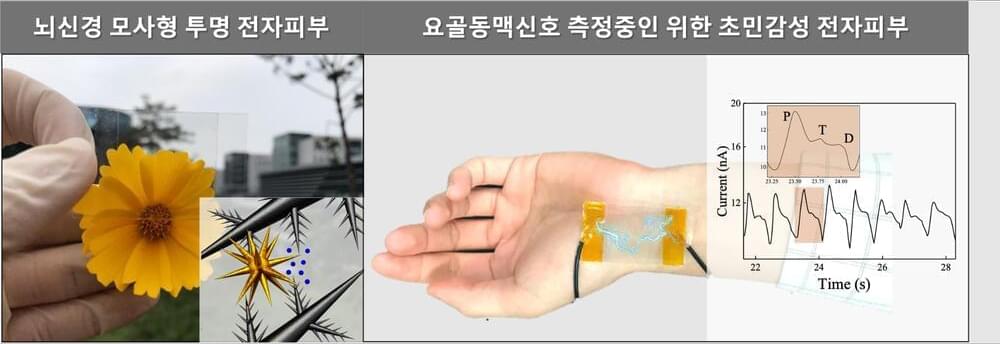December is shaping up to be a month of dueling AI announcements from OpenAI and Google.
A robot played cello in a curated concert for the Malmö Symphony Orchestra in southern Sweden.
Robotics is driving innovations across various sectors nowadays. This time, a new robot has entered the music arena to transform it. In a recent video, the robot was spotted playing the cello.
The industrial robotic arms with 3D-printed parts performed with the members of the orchestra in Sweden.
Developed by researcher and composer Fredrik Gran, the robot didn’t rely on AI tools to play cello. Instead, it was programmed using composer Jacob Muhlrad’s musical score, which was specially written for the robot.
With no conclusive laboratory results, researchers are turning to other methods to find the elusive substance.
A research team led by Professor Bonghoon Kim from DGIST’s Department of Robotics and Mechatronics Engineering has developed a “3D smart energy device” that features both reversible heating and cooling capabilities. Their device was recognized for its excellence and practicality through its selection as the cover article of the international journal Advanced Materials.
The team collaborated with Professor Bongjae Lee from KAIST’s Department of Mechanical Engineering and Professor Heon Lee from Korea University’s Department of Materials Science and Engineering.
Heating and cooling account for approximately 50% of the global energy consumption, contributing significantly to environmental problems such as global warming and air pollution. In response, solar absorption and radiative cooling devices, which harness the sun and outdoor air as heat and cold sources, are gaining attention as eco-friendly and sustainable solutions.
Finding ways to connect the human body to technology could have broad applications in health and entertainment. A new “electric plastic” could make self-powered wearables, real-time neural interfaces, and medical implants that merge with our bodies a reality.
While there has been significant progress in the development of wearable and implantable technology in recent years, most electronic materials are hard, rigid, and feature toxic metals. A variety of approaches for creating “soft electronics” has emerged, but finding ones that are durable, power-efficient, and easy to manufacture is a significant challenge.
Organic ferroelectric materials are promising because they exhibit spontaneous polarization, which means they have a stable electric field pointing in a particular direction. This polarization can be flipped by applying an external electrical field, allowing them to function like a bit in a conventional computer.
Aging senescent cells do not become hypometabolic.
Instead they become HYPERmetabolic, burning energy faster than their younger selves.
This likely steals energy for other useful cellular functions, possibly accounting for their aberrant behaviors.
As we…
ROCHESTER — How long can you stand on one leg?
The answer to that question is linked with aging and one’s risk of falling, new research out of Mayo Clinic finds. The paper “Age-related changes in gait, balance, and strength parameters: A cross-sectional study” appears in the journal PLOS ONE today, Oct. 23.
A 1930s-era breakthrough is helping physicists understand how quantum threads could weave together into a holographic space-time fabric.
DGIST–Jeonbuk National University Joint Research Team Successfully Developed Ultra-Sensitive Electronic Skin Modeled after the Human Brain!
Posted in robotics/AI, wearables | Leave a Comment on DGIST–Jeonbuk National University Joint Research Team Successfully Developed Ultra-Sensitive Electronic Skin Modeled after the Human Brain!
DGIST Professor Youngu Lee and Jeonbuk National University Professor Jaehyuk Lim successfully developed an ultra-sensitive, transparent, and flexible electronic skin mimicking the neural network in the human brain. — Applicable across different areas, including healthcare wearable devices and transparent display touch panels.
Vice President of Generative Artificial Intelligence at Adobe Alexandra Kostin in an interview The Verge said that creators will not be able to succeed in the new world if they do not use artificial intelligence.
Відключайте рекламу — підтримуйте ITC!
Adobe itself is no longer even planning to launch products for artists without AI, despite criticism from people who like to do things manually or oppose the way artificial intelligence is changing the creative industry.

